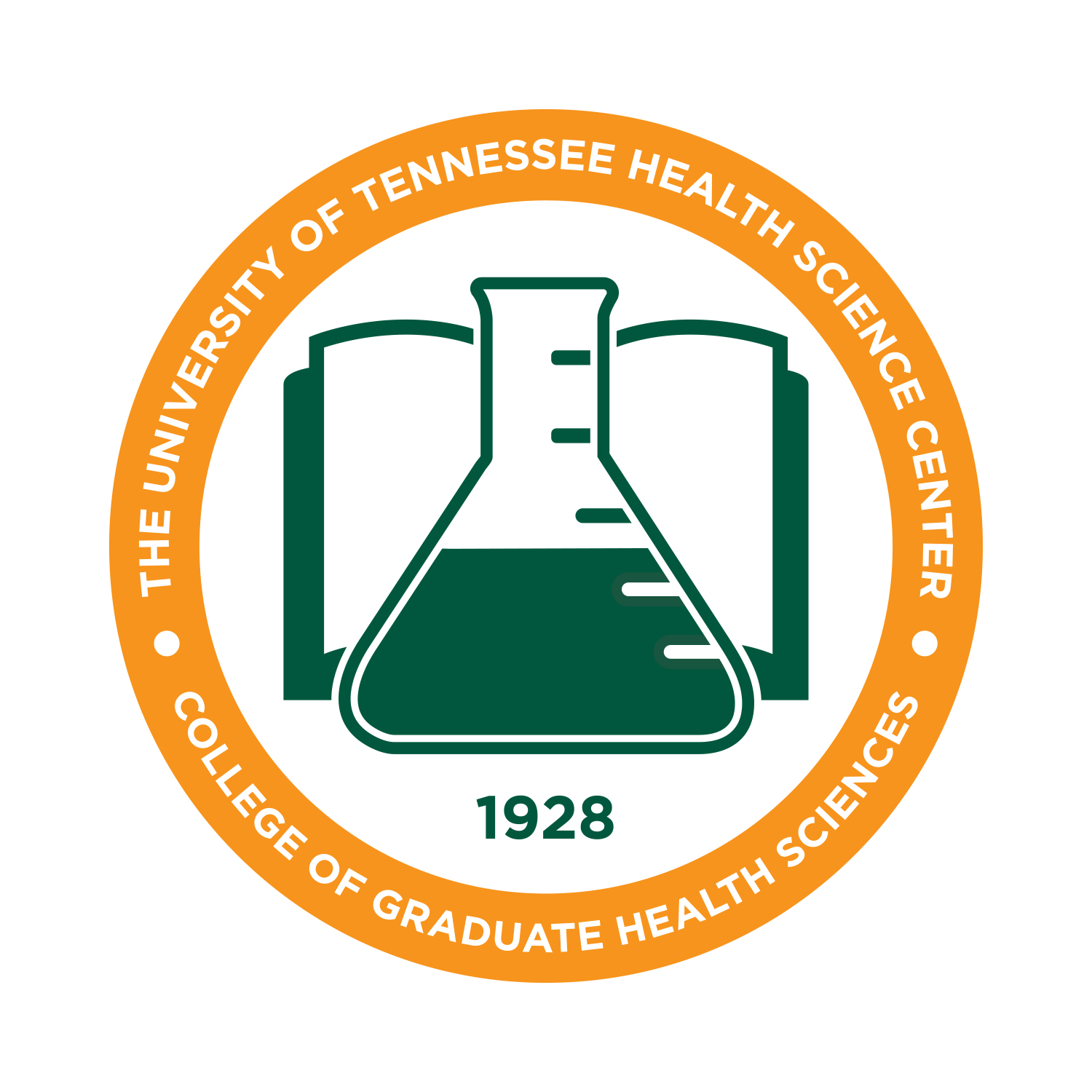Date of Award
2024
Document Type
Dissertation
Degree Name
Doctor of Philosophy (PhD)
Program
Biomedical Sciences
Track
Genetics, Genomics & Informatics
Research Advisor
David Hayes, MD
Committee
David Shibata, MD; Jiyang Yu, PhD; Kevin Freeman, PhD; Yan Cui, PhD
Keywords
Anogenital cancer, Cancer genomics, Cervical cancer, Head and neck cancer, Human papillomavirus
Abstract
Infection with high-risk human papillomavirus (HPV) accounts for nearly all cervical cancers (CESC), a subset of other anogenital squamous cancers, and increasing rates of head and neck squamous cell carcinomas (HNSC), with each cancer type having heterogenous outcomes due to a general lack of personalized care. Large scale genomic analyses have catalogued the somatic alterations occurring frequently among squamous tumor types including HNSC and CESC, but few studies have incorporated a thorough analysis of HPV genomics. High-risk HPVs are double-stranded DNA (dsDNA) viruses capable of integrating their genomes into host chromosomes, a phenomenon known to promote HPV-associated cancer formation. HPV integration rates vary by HPV genotype and anatomic site, and some studies have suggested that viral integration, viral load, and HPV type influence HPV-associated tumor prognosis. However, methods for determining HPV status, viral load, and integration are inconsistent, hampering our ability to study viral genomic properties across cohorts. Thus, a robust analysis of viral and host genomics across a variety of tumor phenotypes is needed to improve our ability to understand and treat HPV-associated tumors in the clinic. In this dissertation, we characterized distinct molecular phenotypes of HPV-associated cancers in an integrative analysis of host and viral genome alterations across 1,334 individual tumors. First, we performed targeted paneling sequencing (TPS) of over 800 cancer related genes and whole viral genomes for HPV types 16 and 18 in a clinical cohort of 483 HNSC tumors. Integration of mutations and copy number variants (CNVs) revealed differential patterns of somatic alteration in curated driver genes and pathways that defined HPV(+) and HPV(-) tumors, with many altered genes being targets of HPV oncoproteins. We established five clinically meaningful structural classes of HPV16 based on viral genome integration, viral load, and CNVs. Decreased overall survival (OS) was observed in integrated tumors with E1/E2 oncogene CNVs and low viral load, as well as in HPV(+) or HPV(-) HNSCs with history of tobacco smoking. Episomal tumors displayed increased tobacco smoking rates, innate immunity pathway alterations, and higher viral load while tumors with integrated HPV genomes showed increased APOBEC cytidine deaminase mutagenesis, frequent viral CNVs, and lower viral load. These findings suggest HPV integration occurs because of an APOBEC-mediated innate immune response to HPV infection, and tumors with immune suppression as the result of tobacco smoking and somatic alteration have less pressure to integrate their viral genomes during HPV-associated tumorigenesis. Next, we performed a pan-cancer genomic analysis of 514 HNSC and 254 CESC tumors from The Cancer Genome Atlas (TCGA), along with 458 of the HNSC tumors previously described. We added to this cohort another 78 CESC and 30 anogenital tumors with data generated using our TPS platform. Interestingly, we noticed differences in driver alterations that are associated with anatomic site, HPV genotype, and gender. APOBEC mutagenesis signatures were highest in HPV(+) CESC and anogenital tumors, while tobacco smoking signatures were more prevalent in HNSC tumors. Across HPV(+) tumors, FGFR3 hotspot mutations were more frequent in HNSC, NFE2L2 hotspots occurred more in CESC and integrated tumors, and PTEN mutations occurred more often in females compared to males. Deletions of chromosome 11q22 frequently occurred in HPV(+) HNSC to inhibit BIRC2/3 and promote immune suppression, while antithetical amplification of 11q22 targeted YAP1 in CESC. Fewer HPV genome integrations and viral oncogene deletions occurred in HNSC tumors compared to CESC and anogenital, suggesting less genomic instability and pressure for HPV to integrate in immune suppressed HNSCs. We also reaffirm a worse prognosis in the integrated HPV(+) tumors with lowest viral load and deep deletions affecting HPV E1/E2/E5, as well as tumors bearing TP53 mutations or minor HPV types. Altogether, these findings improve our knowledge of HPV-associated tumorigenesis and establish promising methods for tumor classification and treatment.
ORCID
0000-0002-5201-5015
DOI
10.21007/etd.cghs.2024.0678
Recommended Citation
Holt, Jeremiah Ray (0000-0002-5201-5015), "Pan-Cancer Genomic Characterization of Human Papillomavirus Associated Tumors" (2024). Theses and Dissertations (ETD). Paper 698. http://dx.doi.org/10.21007/etd.cghs.2024.0678.
https://dc.uthsc.edu/dissertations/698
Declaration of Authorship
Supplemental Table for Chapter 2 - Table S1.xlsx (89 kB)
Supplemental Table for Chapter 2
Supplementary Table for Chapter 3 - Table S2.xlsx (151 kB)
Supplemental Table for Chapter 3
Included in
Biomedical Informatics Commons, Genetic Phenomena Commons, Genetic Processes Commons, Medical Pathology Commons, Neoplasms Commons, Virus Diseases Commons



